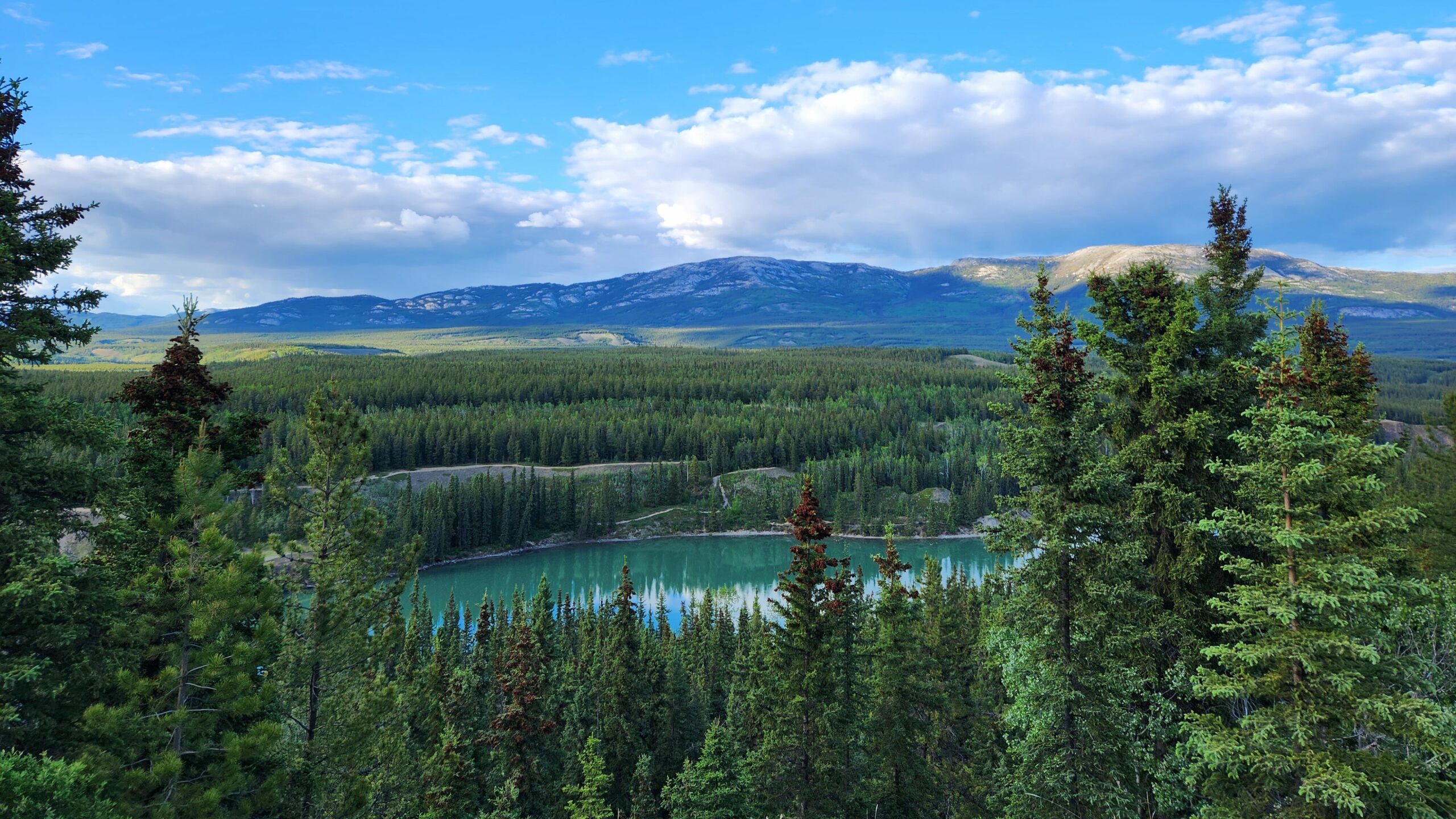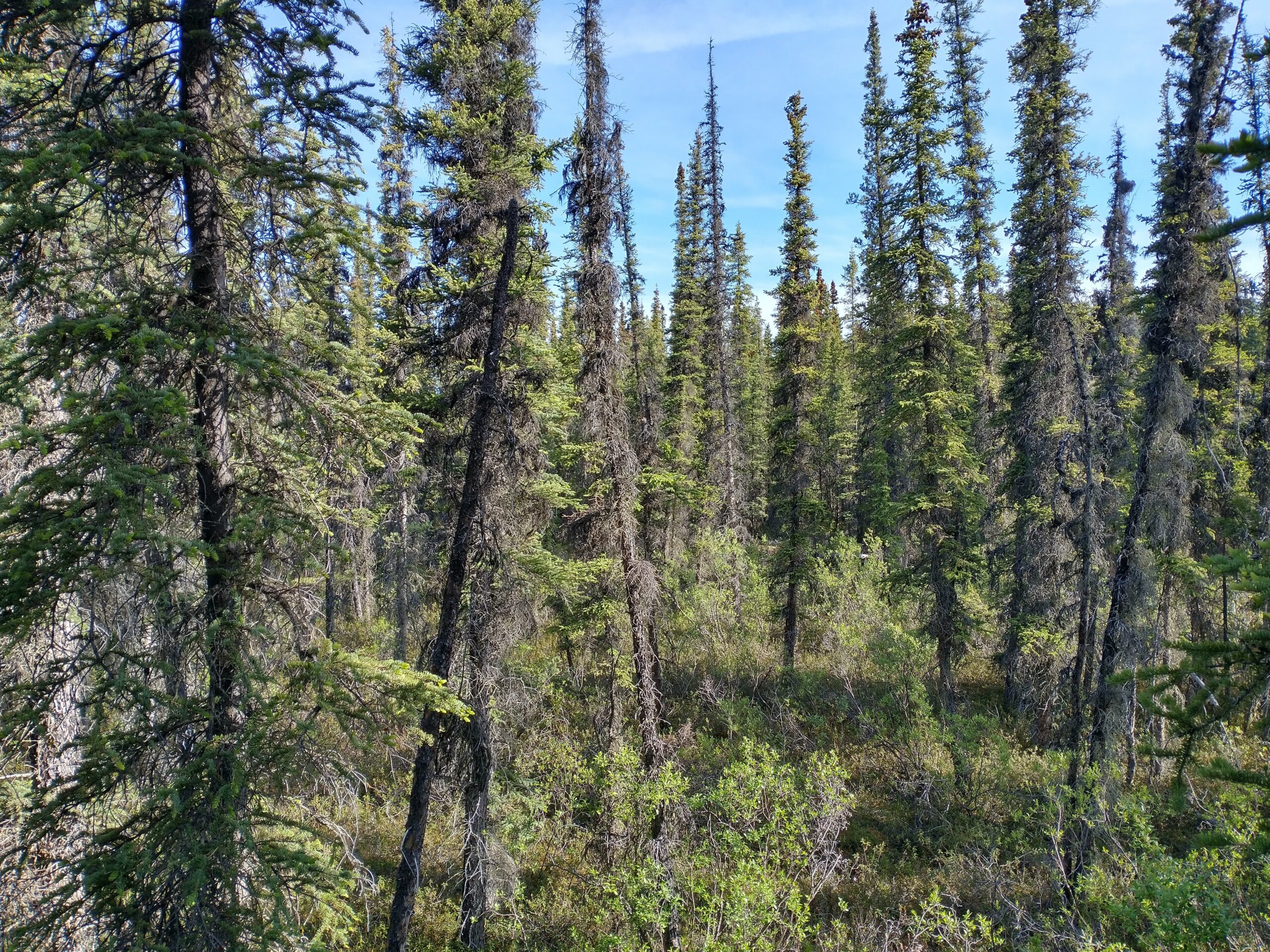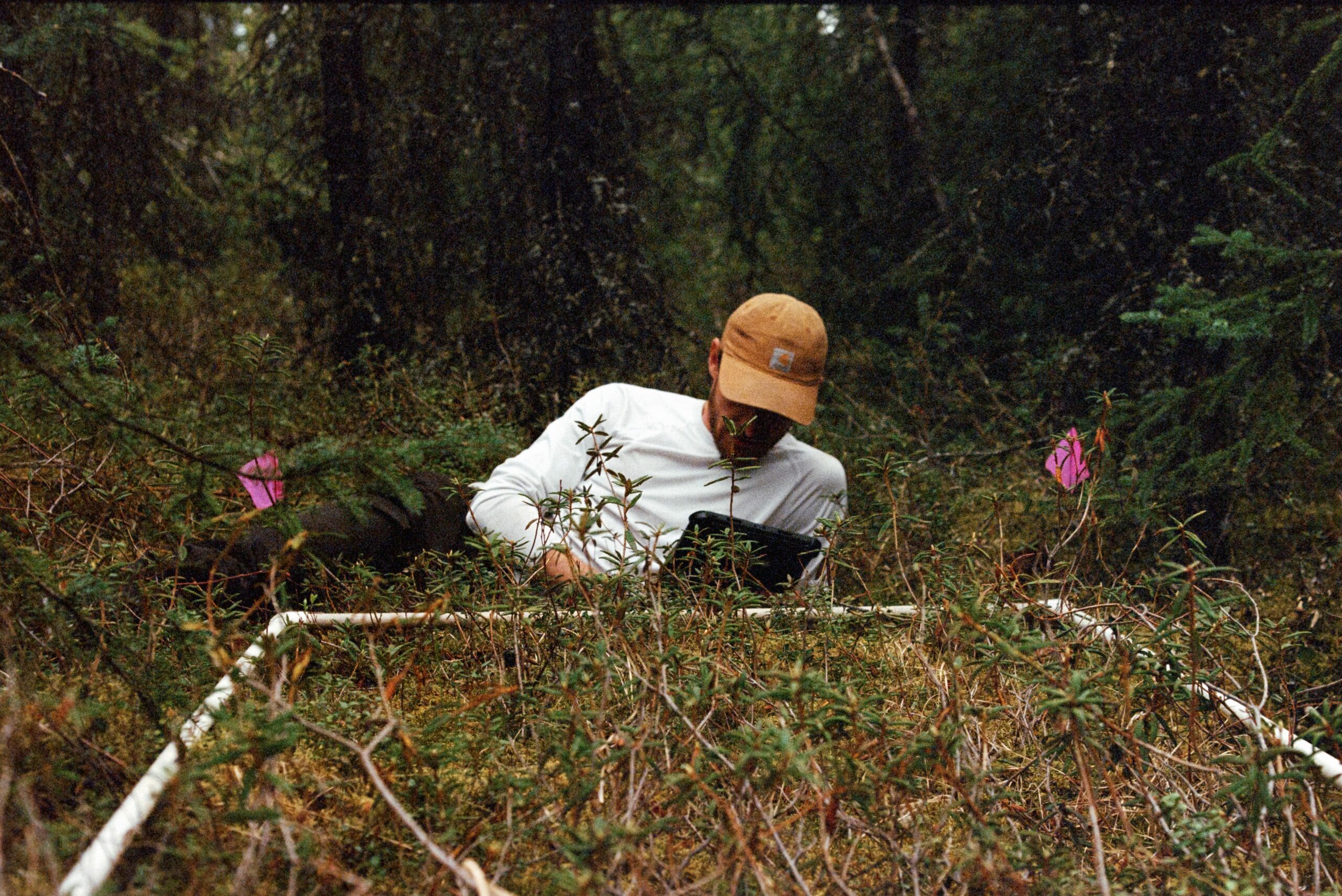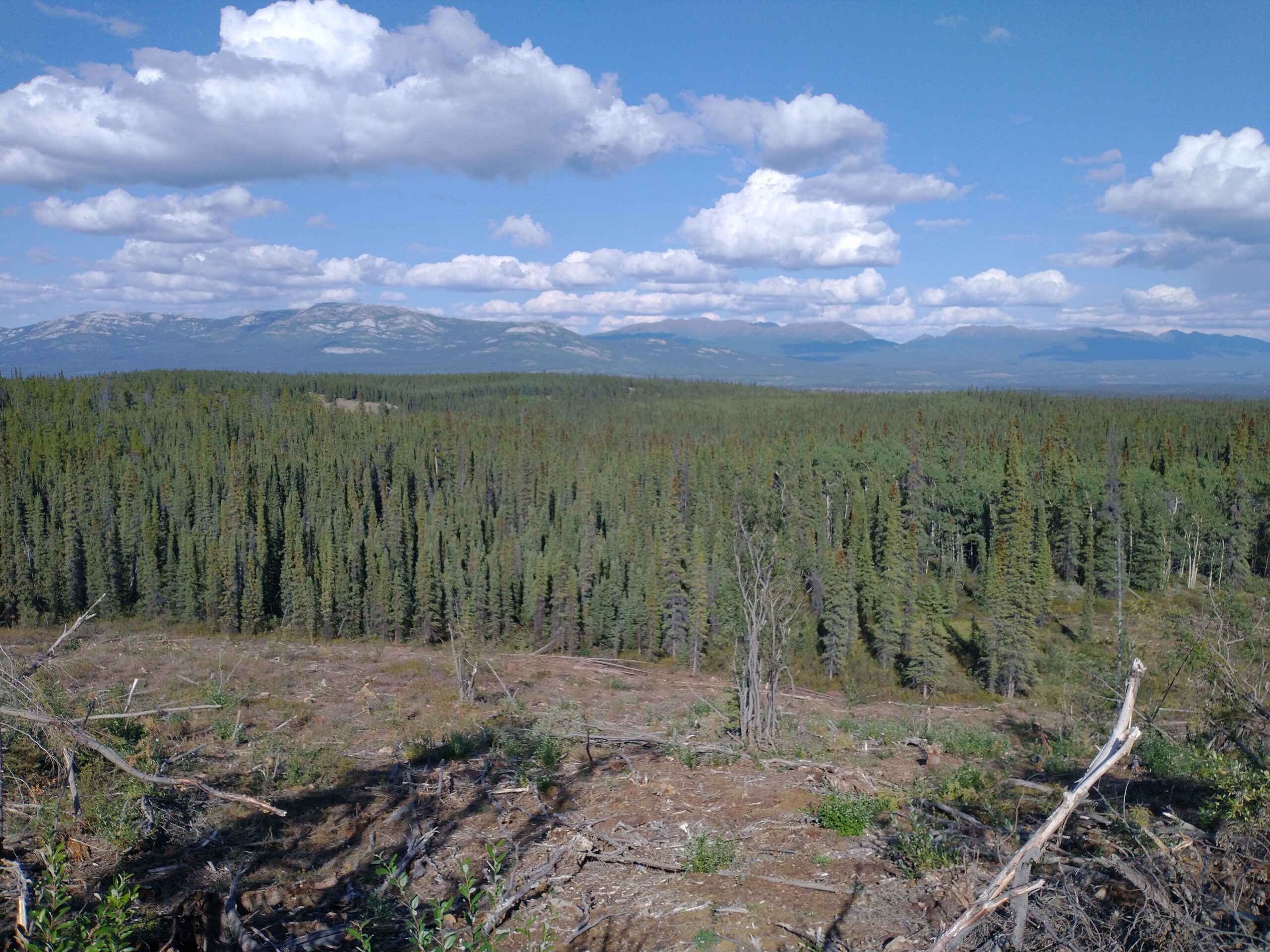
This post is part of the LTER’s Short Stories About Long-Term Research (SSALTER) Blog, a graduate student driven blog about research, life in the field, and more. For more information, including submission guidelines, see lternet.edu/SSALTER
by Nick Link, PhD student at Northern Arizona University and the Bonanza Creek LTER.
My sophomore year of college, our track team threw a big Christmas party. Being good hosts and all, we felt a need to spruce our place up with a couple of Christmas trees. So we went ahead and picked a couple out and got them decorated. Here’s the thing though; across the night, each and every last one of those trees got pushed into corners, knocked down, and trampled on. By the morning, most of the needles had come off and ended up stuck in the carpet (or worse, they found themselves glued to the linoleum from a mix of spilled drinks).
Cleaning up after the party, we—for whatever reason—thought it’d be a real clever idea to take the now beaten-down and raggedy Christmas trees out into the backyard, get them in a pile, and light that pile on fire. Come to find out, Christmas trees burn like you would not believe.

Credit: Nick Link, CC BY-SA 4.0.
I have such a clear recollection of being halfway between drunk and hungover, watching the flames lick a telephone wire that must have been 25 feet in the air. I remember looking across that fire—that we now had no power to put out—and seeing the fear of God in the eyes of my roommates. Standing there, frozen by the size of the flames, I struggled to wrap my head around just how that fire got that big. The towering blaze, which at this point had started to kiss the lower branches of the big white oak in the yard, had been fueled by trees that, just the night before, had gotten absolutely steamrolled by a smaller gal from the soccer team.
So, there we were, utterly rudderless. Thankfully the neighbors had more situational awareness and called the Raleigh Fire Department (which is good, because the 2-3 Tupperwares of water we had thrown on it hadn’t done much). After a, let’s call it “terse”, conversation with the neighbors and local Fire Department, we were left with a small pile of smoldering ashes. A snarky reminder that all that commotion was from just a couple of tore-up, little old Christmas trees.
That moment was burned into my brain and followed me around for years. But the severity of that fire was sparked anew in the recesses of my memory when I started my PhD in biology. I now found myself cutting trail through the dense forests of Alaska’s Interior. Through forests comprised almost entirely of Christmas trees.

Credit: Nick Link, CC BY-SA 4.0.
Now as a brief aside: “Christmas tree” isn’t a species. During the holidays, you might see a balsam fir, a blue spruce, or maybe a white spruce. In Interior Alaska, the forests are made up mostly of black spruce, a close relative of those other spruces and—importantly for our purposes—also burn like you would not believe.

Credit: Nick Link, CC BY-SA 4.0.
While bushwhacking through those thickets of spruce, I found it unsettlingly clear how primed everything was to burn. That fear was also fueled by the fact that wildfires were actively tearing across 3.1 million acres of Alaska. Those fires could only accurately be described as biblical.
That’s what drew me to Alaska, the severity of the fire season. It’s a danger that the people who live up there are all too aware of. They’re only one lighting strike away from losing everything. So to prevent the worst, around cities, villages, and homes, Alaskans are cutting down those flammable spruce trees near their communities in hopes of limiting a wildfire’s ability to spread.
What grows back after you get rid of those trees? Is it the same old black spruce? Or do less flammable trees, such as aspen or birch, grow back? My research tries to figure out what returns in these fuelbreaks and why. We’re also trying to see if we can encourage those less-flammable trees to grow back, making a living and natural fuelbreak.

Credit: Nick Link, CC BY-SA 4.0.
That said, I’ve never fought wildland fire. The whole “living fuelbreak” idea is based on what we know about ecological theory. But I have worked with people who fight fires. This past summer I spent time with a fire crew in the Yukon. As I got to chatting with that group I wondered aloud if this work mattered at all. Did the “natural fuelbreak” concept make any sense to guys who do this work for a living?
When I posed that question the crew chief, a First Nationer from a small town in northern British Columbia who’d been fighting fire for thirty plus years, piped up. He told me that one of the first things he learned when he got into firefighting was that if you’re about to get overtopped by a fire and all your escape routes are cut off, finding your way to a stand of those less flammable aspen or birch trees just might save your life. And for him it had.
That vote of confidence has kept me afloat. It’s easy to get lost in the weeds of your work, or at least it is for me. I can forget where I am and why I’m doing it. But knowing it meant anything to him, meant everything to me. It’s a reminder of our purpose; we’re trying to make the world safer from wildfires, if not safer from teenage boys.

Nick Link is a second year PhD student with Michelle Mack and Xanthe Walker at Northern Arizona University. Based out of Bonanza Creek LTER, Nick’s dissertation work focuses on fuelbreaks; both their variable impacts on the environment and what drives their patterns of revegetation.










